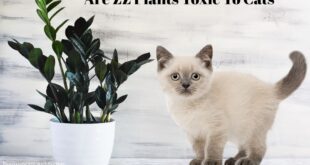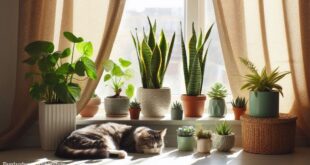As a plant lover, there’s nothing better than seeing lush green leaves trailing from a bookshelf. But as a cat owner, that same sight can spark a wave of anxiety. We bring a plant into our home, and our feline friend’s first instinct is often to bat at it, chew …
Read More »Are ZZ Plants Toxic to Cats? Symptoms, Risks, and Solutions
ZZ Plants and The Cats Hello plant lovers! ZZ plants (Zamioculcas zamiifolia) anyone? The rugged looks of them and their lush leaves make them popular amongst many of us. But wait a minute! This is an essential piece if you live with any four-legged family members and have the most …
Read More »Snake Plant Benefits: More Than Just Pretty Leaves!
Discover the Snake Plant Snake Plant Benefits What are the Snake Plant Benefits? This is a subject that almost everyone who keeps this plant is curious about. The Snake Plant is a very preferred plant species among indoor plants. I think the main reasons for this are that it has …
Read More »DO YOU KNOW THE TOXIC INDOOR PLANTS
Plants have numerous benefits for nature, humans and animals. In addition to these benefits, some plants like toxic indoor plants may have harmful effects on humans and animals due to the concentration of active substances. The main thing to be considered is that the plants used indoors emit carbon dioxide …
Read More »



